Time to plant spring bulbs
September 30, 2009 @ 3:57 am
October to November is a great time to plant spring hardy bulbs such as tulips, crocus, daffodils, bulb irises and hyacinths, which provide explosive color during the otherwise dreary months of March and April. 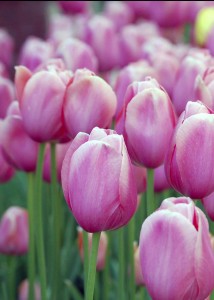
These bulbs need several cold winter months to produce good roots. If you plant too late, in January or February, the bulbs won’t have enough time to produce a strong root system.
Buy the largest bulbs — solid, plump, firm — you can find to get the best blooms. Skip the bulbs in the bargain basement bin, and also avoid ones with soft spots, blemishes or mold. Once purchased, try to plant the bulbs as soon as you can. Otherwise, store them loosely in paper bags in your refrigerator or a cool and dry place.
Make sure you plant the bulbs in a location with good drainage. Most bulbs can’t tolerate wet feet and will rot. Add organic matter (compost or aged manure) to clay soils to improve drainage. Most spring bulbs require at least 5-6 hours of sun. Avoid planting them under large trees, where they won’t get enough sunlight.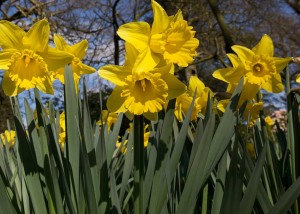
Plant according to the size of the bulb. Generally, this means digging a hole about two to three times as deep as the bulb is wide. For small bulbs such as crocuses and snowdrops, dig a hole about 4-6 inches deep. Meanwhile, larger bulbs such as tulips, hyacinths and daffodils will need to be planted about 8 inches deep. Follow the directions on the package if available.
Mix good fertilizer (10-10-10 or bulb fertilizer) into the hole when you plant. A bit of bonemeal or blood meal, which are high in phosphorous, will also help the bulb develop good roots. Fertilize again in the spring when the shoots break through the ground, but don’t fertilize once they have started flowering. After the bulbs are in the ground, soak with water to allow the soil to settle.
Filed under Seattle Landscape Maintenance Permalink · No Comments »
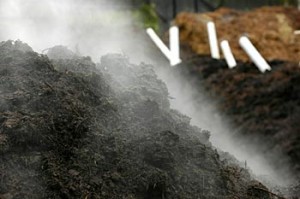 In March, we wrote that the
In March, we wrote that the 
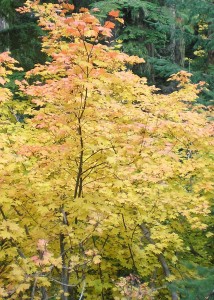 Fall is the perfect time of year to plant trees, shrubs, perennials and ornamental grasses in the Pacific Northwest. Soils are warm — not too wet or too dry. Rains during this season help keep plants watered, requiring less of your attention. Plants also suffer less stress when you transplant them during the cooler autumn season.
Fall is the perfect time of year to plant trees, shrubs, perennials and ornamental grasses in the Pacific Northwest. Soils are warm — not too wet or too dry. Rains during this season help keep plants watered, requiring less of your attention. Plants also suffer less stress when you transplant them during the cooler autumn season. 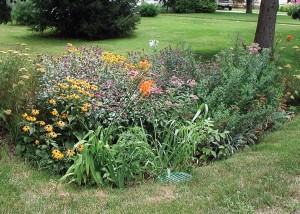 What are rain gardens? They’re simply shallow depressions in the soil landscaped with perennial flowers and native vegetation that soak up rainwater and slow the flow of runoff into our lakes, streams and other water bodies.
What are rain gardens? They’re simply shallow depressions in the soil landscaped with perennial flowers and native vegetation that soak up rainwater and slow the flow of runoff into our lakes, streams and other water bodies.


